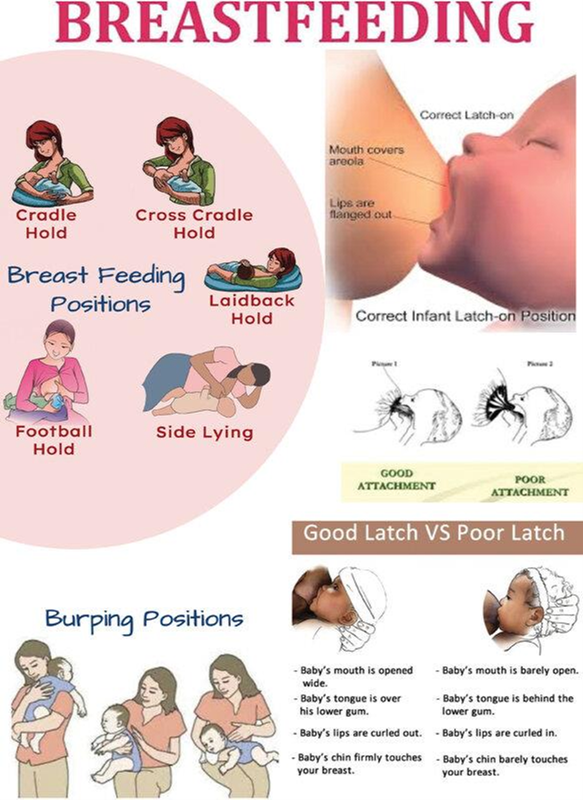A nurse in an urgent care clinic is caring for a client who reports recently using methylenedioxyphenol-methamphetamine. Which of the following findings should the nurse expect?
Hallucinations
Muscle weakness
Hypothermia
Somnolence
The Correct Answer is A
Explanation:
Methylenedioxyphenol-methamphetamine (MDMA), also known as ecstasy or Molly, is a psychoactive substance that can produce hallucinations as one of its effects. Hallucinations involve perceiving things that are not present in reality, such as seeing, hearing, or feeling things that do not actually exist.
Muscle weakness (choice B) is not a common finding associated with MDMA use. In fact, MDMA typically produces an increase in energy and heightened physical sensations rather than muscle weakness.
Hypothermia (choice C) can occur as a result of MDMA use. MDMA can interfere with the body's ability to regulate temperature, leading to an increase in body temperature. This is commonly known as "drug-induced hyperthermia" rather than hypothermia.
Somnolence (choice D), which refers to excessive sleepiness or drowsiness, is not typically associated with MDMA use. MDMA is a stimulant drug that can produce increased wakefulness and alertness.
Nursing Test Bank
Naxlex Comprehensive Predictor Exams
Related Questions
Correct Answer is D
Explanation
Having the baby latch on to both the nipple and areola during breastfeeding is essential for effective milk transfer and optimal breastfeeding. The baby should take in a good portion of the areola along with the nipple to ensure a proper latch and a comfortable feeding experience for both the mother and the baby. This allows the baby to obtain enough milk and stimulates milk production in the mother.
Let's briefly discuss the other statements:
A- "My baby should breastfeed 5 to 10 minutes on each breast": The duration of breastfeeding can vary from baby to baby, but it is generally recommended to allow the baby to breastfeed until they are satisfied and have emptied one breast before switching to the other breast. This ensures that the baby receives both the foremilk and the hindmilk, which are important for adequate nutrition.
B- "I should not wake my baby during the night to breastfeed": In the early days after birth, it is important to establish frequent and regular breastfeeding to support milk production and ensure the baby receives enough nourishment. Newborns typically need to breastfeed at least 8 to 12 times in 24 hours, including during the night. If the baby is sleeping for a long period, it may be necessary to wake them for feeding to ensure proper nutrition and hydration.
C- "I should keep my baby on a strict feeding schedule": Breastfeeding should be based on the baby's cues and demand rather than a strict schedule. Newborns should be breastfed whenever they show hunger signs, such as rooting, sucking motions, or increased alertness. This helps establish a good milk supply and allows the baby to feed according to their individual needs.

Correct Answer is ["0.25"]
Explanation
To calculate the amount of haloperidol oral concentrate the nurse should administer, we can use the following equation:
Volume (mL) = Dose (mg) / Concentration (mg/mL)
In this case, the dose is 0.5 mg and the concentration of the haloperidol oral concentrate is 2 mg/mL.
Volume (mL) = 0.5 mg / 2 mg/mL
Volume (mL) = 0.25 mL
Whether you are a student looking to ace your exams or a practicing nurse seeking to enhance your expertise , our nursing education contents will empower you with the confidence and competence to make a difference in the lives of patients and become a respected leader in the healthcare field.
Visit Naxlex, invest in your future and unlock endless possibilities with our unparalleled nursing education contents today
Report Wrong Answer on the Current Question
Do you disagree with the answer? If yes, what is your expected answer? Explain.
Kindly be descriptive with the issue you are facing.
